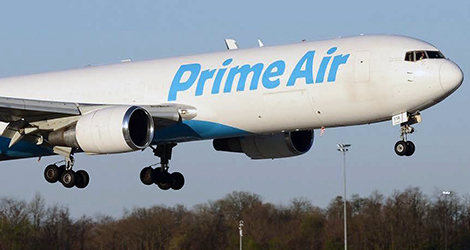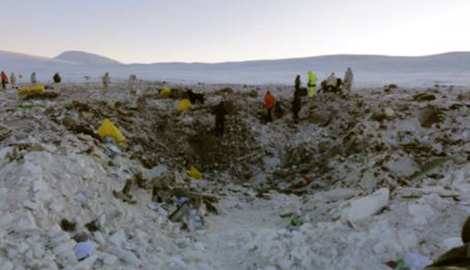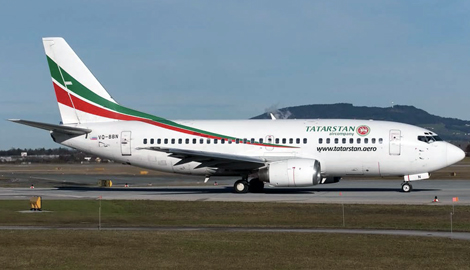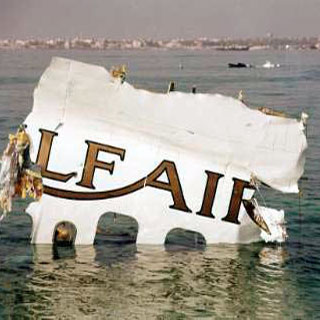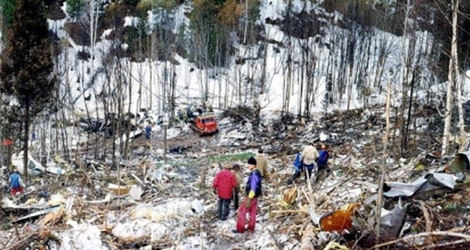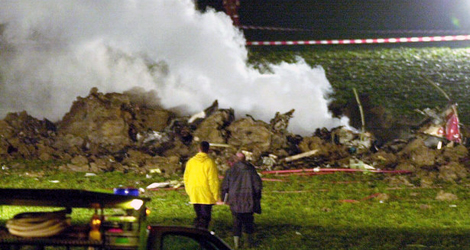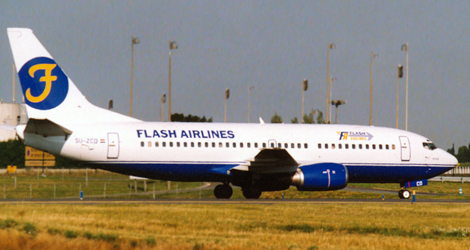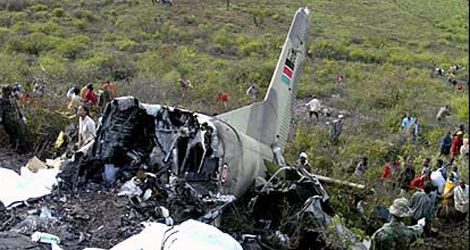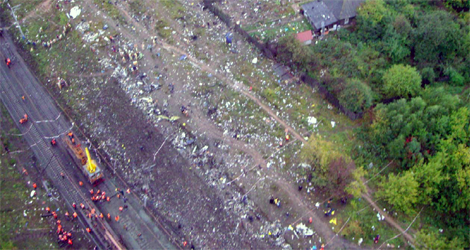Atlas Air flight 5Y3591 was operated on February 23, 2019, at 1239 central standard time with a Boeing 767-375BCF registration N1217A. It was destroyed after it rapidly descended from an altitude of about 6,000 ft mean sea level (msl) and crashed into a shallow,...
Spatial disorientation, spatial unawareness is the inability of a person to correctly determine his/her body position in space. This phenomenon refers especially to aircraft pilots and underwater divers, but can be also induced in normal conditions — chemically or physically (e.g. by blindfolding).
In aviation, the term means the inability to correctly interpret aircraft attitude, altitude or airspeed, in relation to the Earth or point of reference, especially after a reference point (e.g., the horizon) has been lost. Spatial disorientation is a condition in which an aircraft pilot’s perception of direction does not agree with reality. While it can be brought on by disturbances or disease within the vestibular system, it is more typically a temporary condition resulting from flight into poor weather conditions with low or no visibility. Under these conditions the pilot may be deprived of an external visual horizon, which is critical to maintaining a correct sense of up and down while flying.
A pilot who enters such conditions will quickly lose spatial orientation if there has been no training in flying with reference to instruments. Approximately 80% of the private pilots in the United States do not have an instrument rating, and therefore are prohibited from flying in conditions where instrument skills are required. Not all pilots abide by this rule and approximately 40% of the NTSB fatal general aviation accident reports list continuation of flight into conditions for which the pilot was not qualified as a cause.
West Air Sweden – Bombardier CL600-2B19 (SE-DUX) flight SWN294
West Air Sweden flight SWN294 crashed on 8 January 2016 during a commercial cargo flight from Oslo/Gardermoen Airport (ENGM) to Tromsø/Langnes Airport (ENTC) and involved an aeroplane of the model CL-600-2B19, manufactured by Bombardier Inc. The aeroplane was operated...
Tatarstan Airlines – Boeing B737-500 (VQ-BBN) flight TAK363
Tatarstan Airlines flight TAK363 was a commercial flight operated on November 17, 2013 from Moscow (Domodedovo, UUDD) to Kazan (UWKD) on the Boeing 737-500 VQ-BBN aircraft. At 10:10 all the crew members passed medical examination at Kazan airport medical post and the...
Gulf Air – Airbus A320-212 (A40-EK) flight GF072
GULF AIR flight GF072 crashed while on go-around in Bahrain international airport. On 23 August 2000, at about 1930 local time, Gulf Air flight GF-072, an Airbus A320-212, a Sultanate of Oman registered aircraft A40-EK, crashed at sea at about 3 miles north-east of...
Russian Airlines – Airbus A310-308 (F-OGQS) flight AFL593
On 22 March 1994, at 17:58 (here and throughout, times. will be given in hours and minutes UTC), 00:58 local time, an Airbus A31O-308 (registration F-OGQS) operated by the state subsidiary Russian Airlines flight AFL593 crashed 91 km. from Novokuznetsk Airport while...
Crossair – SAAB – SAAB 340B (HB-AKK) flight CRX498
Crossair flight CRX498 took off on 10 January 2000, at 16:54:10 UTC, in darkness, on runway 28 of Zurich airport : the Saab 340B aircraft of the Crossair airline company, registered HB-AKK, began its scheduled flight CRX498 to Dresden. Two minutes and 17 seconds...
Flash Airlines – Boeing B737-300 (SU-ZCF) flight FSH604
On January 3, 2004, about 02:45:06 UTC, 04:45:06 Local time, Flash Airlines flight FSH604 , a Boeing 737-300, Egyptian registration SU-ZCF, crashed into the Red Sea shortly after takeoff from Sharm el-Sheikh International Airport (SSH) in South Sinai, Egypt. The...
Kenya Airways – Boeing – B737-800 (5Y-KYA) flight KQA507
During the night of 04th May 2007, the B737-800, registration 5Y-KYA, operating as Kenya Airways flight KQA507 from Abidjan international airport (Cote d'Ivoire), to the Jorno Kenyatta airport Nairobi (Kenya), made a scheduled stop-over at the Douala international...
Aeroflot-Nord – Boeing – B737-505 (VP-BKO) flight AFL821
On September 13, 2008 an Aeroflot–Nord flight crew (Captain and Co-pilot), were conducting a scheduled domestic passenger flight No. AFL 821 on a B-737-505 aircraft, registration VP-BKO, from Moscow (Sheremetyevo, UUEE) to Perm (Bolshoye Savino, USPP). Apart from the...
Aviation accidents
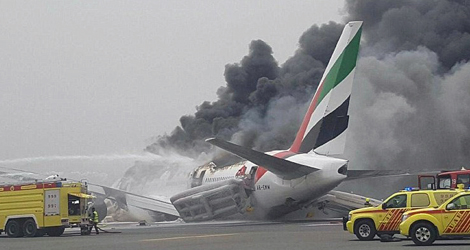 An aviation accident is an incident in which an aircraft is damaged or destroyed as a result of a collision, fire, structural failure, or other event. Aviation accidents can be caused by a variety of factors, including mechanical failure, pilot error, adverse weather conditions, and sabotage. Aviation accidents can result in fatalities, injuries, and damage to property.
An aviation accident is an incident in which an aircraft is damaged or destroyed as a result of a collision, fire, structural failure, or other event. Aviation accidents can be caused by a variety of factors, including mechanical failure, pilot error, adverse weather conditions, and sabotage. Aviation accidents can result in fatalities, injuries, and damage to property.
Aviation incidents
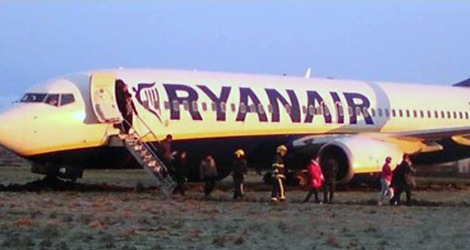 An aviation incident is an occurrence, other than an accident, that affects or could affect the safety of aircraft operations. Examples of aviation incidents include near collisions, runway incursions, and unruly passenger incidents.
An aviation incident is an occurrence, other than an accident, that affects or could affect the safety of aircraft operations. Examples of aviation incidents include near collisions, runway incursions, and unruly passenger incidents.
Aviation serious incidents
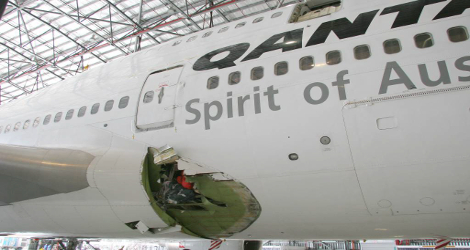
A serious incident in aviation refers to an event that could have resulted in an accident or that had the potential to cause serious injury or death. Some examples of serious incidents in aviation include engine failure, in-flight fires, and loss of control of the aircraft.

